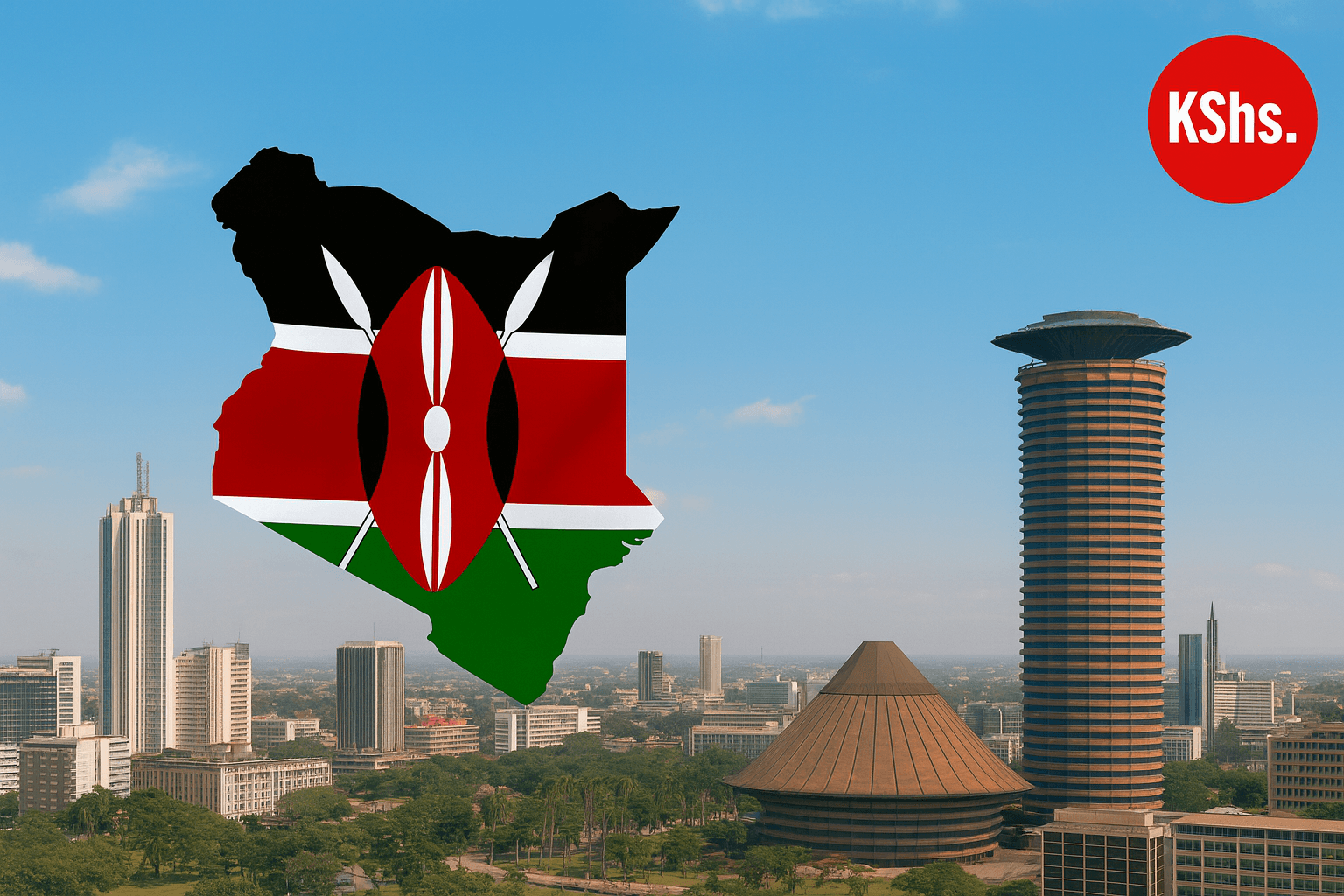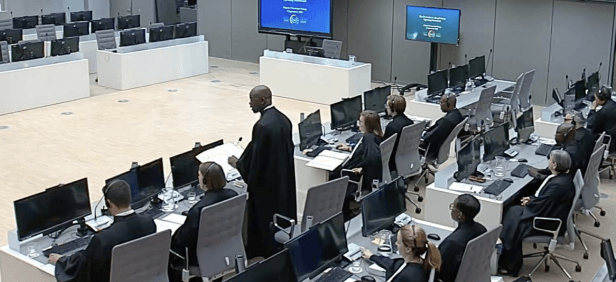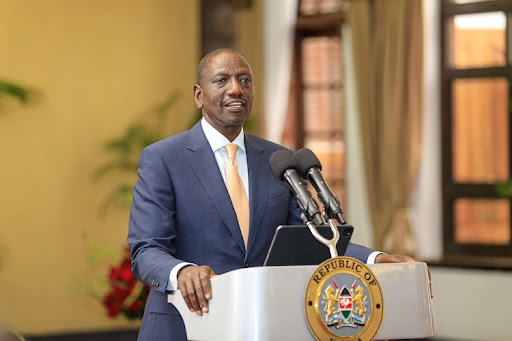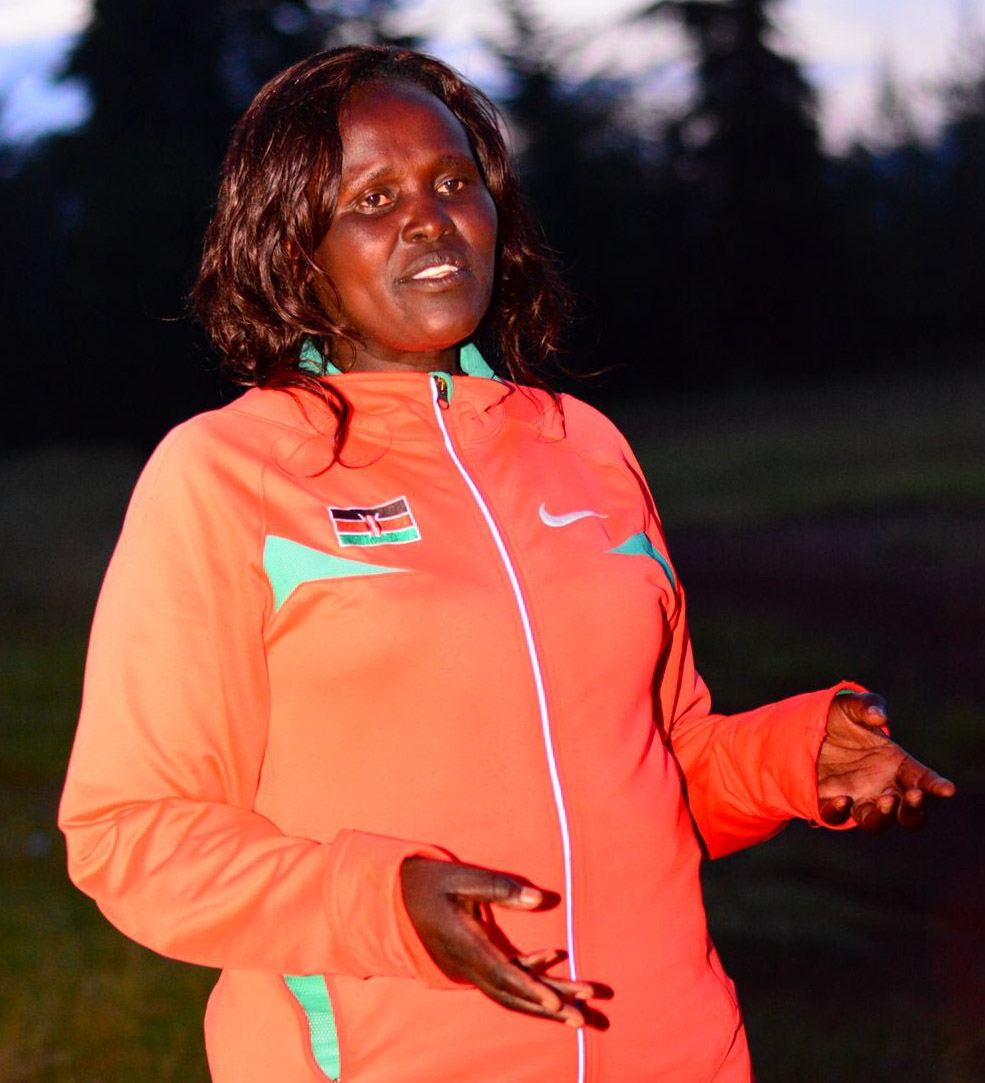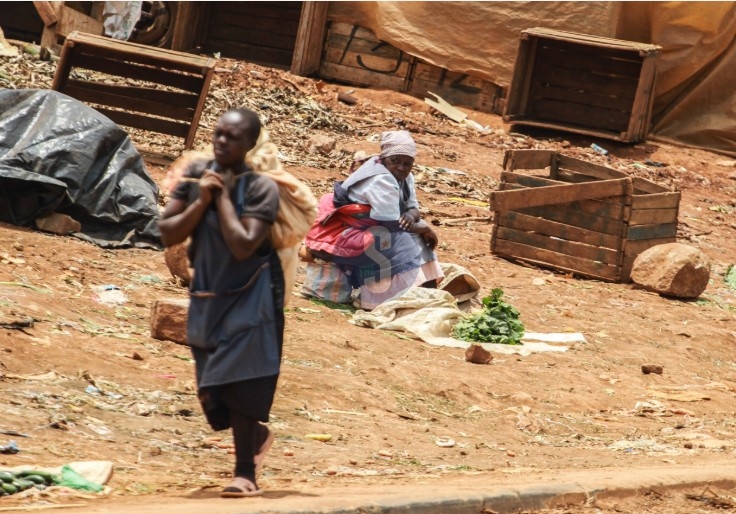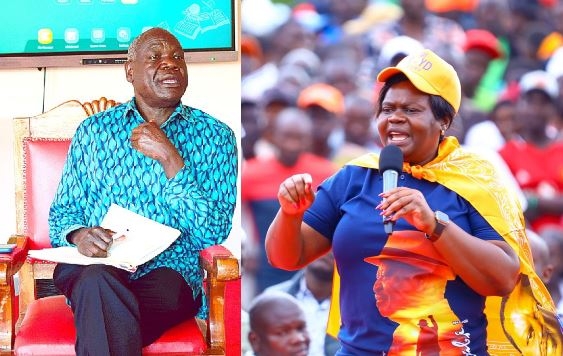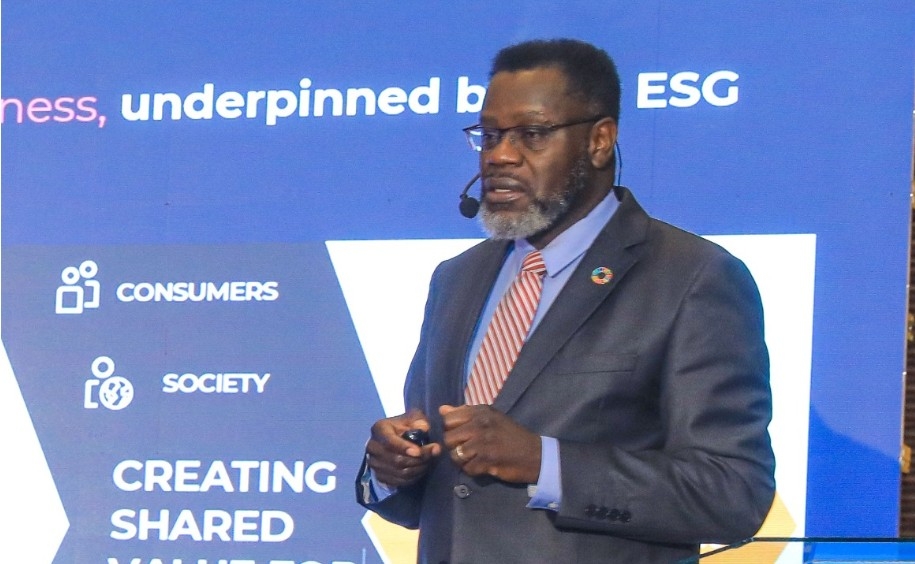Climate change poses a serious threat to peoples’ livelihoods and to ecosystems across the globe.
Addressing it requires concerted action at the international level. Under the UN Framework Convention on Climate Change and the Paris Agreement, parties meet regularly to advance the international framework for addressing climate change, including the mitigation of climate change, the adaptation to a changing climate, and the support given to developing countries.
The climate crisis is not “gender neutral”. Women and girls experience the greatest impacts of climate change, which amplifies existing gender inequalities and poses unique threats to their livelihoods, health, and safety. Faced with a growing energy crisis, record greenhouse gas concentrations, and increasing extreme weather events, Cop27 seeks renewed solidarity between countries, to deliver on the landmark Paris Agreement, for people and the planet.
Cop26 president Alok Sharma said, “Our shared planet is changing for the worse and we can only address that together through this international system”
Climate change solutions, therefore, revolve around involving women in its adaptations and mitigation. Across the world, women depend more on, yet have less access to, natural resources. In many regions, women bear a disproportionate responsibility for securing food, water, and fuel.
Agriculture is the most important employment sector for women in low- and lower-middle income countries, during periods of drought and erratic rainfall, women, as agricultural workers and primary procurers, work harder to secure income and resources for their families.
This puts added pressure on girls, who often have to leave school to help their mothers manage the increased burden. While women and girls experience disproportionate impacts from climate change at the global level, the effects are not uniform.
Looking at climate change through the lens of intersectional feminism, the way in which various forms of inequality often operate together and exacerbate each other, it is clear that climate change risks are acute for indigenous and Afro-descendent women and girls, older women, women and girls with disabilities, migrant women, and those living in rural, remote, conflict and disaster-prone areas.
Kenya is not an exception in these effects of climate change to women. Despite this challenge, however, women and girls should be elevated as change makers in their communities, engaging them to lead resilient, local, and rights-based solutions to climate adaptation.
Women should be taught on the commitment to women’s leadership of climate adaptation, there is need for conviction in the power of local community-based solutions, and developing passion for innovation and partnership across sectors that will drive our women-led climate resilience programs. It is imperative to encourage women and girls to share their insights—accelerating adaptation, furthering climate justice, and advancing reproductive rights.
When women lead, a healthier planet follows. There is need to ensure women meet the unmet needs for contraception and sexual and reproductive health care, essential to women’s and girls’ agency. Also, investing in girls’ agency, education, and literacy, including climate awareness. Support women’s engagement and leadership in local resilience planning. Strengthen the capacity of health systems to prepare for and effectively manage health risks due to climate change.
According to the Millennium Ecosystem Assessment, climate change is likely to become the dominant driver for the loss of biodiversity by the end of the century. Biodiversity plays an in important role in climate change adaptation and mitigation. For example, in contexts where deforestation is responsible for an average of 20 per cent of human-induced carbon dioxide emissions, the conservation of natural habitats can reduce the amount of carbon dioxide released into the atmosphere.Additionally, the conservation of mangroves and drought-resistant crops can reduce the impacts of climate change such as flooding and famine.
In the rural areas of Africa and Asia, women and men are highly dependent on biomass, such as wood, agricultural crops, wastes and forest resources for their energy and livelihoods. However, in the face of climate change, the ability of women and men to obtain these indispensable resources is reduced. It is important to note that the declining biodiversity does not solely impact the material welfare and livelihoods of people; it also cripples access to security, resiliency, social relations, health, and freedom of choices and actions.
Studies show that global warming and extreme weather conditions may have calamitous human rights consequences for millions of people. Global warming is one of the leading causes and greatest contributors to world hunger, malnutrition, exposure to disease, and declining access to water. Moreover, it poses limitations to adequate housing, spurring the loss of livelihoods as a result of permanent displacement.
Climate change affects the economic and social rights of countless individuals; this includes their rights to food, health and shelter. As climate change will inevitably continue to affect humanity, a key priority should be to safeguard the human rights of people whose lives are most adversely affected especially the women.
Incorporating gender perspectives and involving women as agents of change in responses in response to climate change: Mitigation, adaptation, technology transfer and financing. Adaptation involves a range of activities to reduce vulnerability and build resilience in key sectors, such as water, agriculture and human settlements.
New and improved technologies and financing initiatives at all levels also need to receive attention as part of collective efforts to address climate change. Mitigation and adaptation efforts should systematically and effectively address gender-specific impacts of climate change in the areas of, inter alia, food security, agriculture and fisheries; biodiversity; water; health; human rights; and peace and security.
Financing mechanisms must be flexible enough to reflect women’s priorities and needs. The active participation of women in the development of funding criteria and allocation of resources for climate change initiatives is critical, particularly at local levels. Gender analysis of all budget lines and financial instruments for climate change is needed to ensure gender-sensitive investments in programmes for adaptation, mitigation, technology transfer and capacity building.
Technological developments related to climate change should take into account women’s specific priorities, needs and roles, and make full use of their knowledge and expertise, including indigenous knowledge and traditional practices.
Women’s involvement in the development of new technologies can ensure that they are user-friendly, affordable, effective and sustainable. Gender inequalities in access to resources, including credit, extension services, information and technology, must be taken into account in developing activities designed to curb climate change.
Women should also have equal access to training, credit and skills-development programmes to ensure their full participation in climate change initiatives. Governments should thus be encouraged to incorporate gender perspectives into their national policies, action plans and other measures on sustainable development and climate change, through carrying out systematic gender analysis; collecting and utilizing sex-disaggregated data; establishing gender-sensitive benchmarks and indicators; and developing practical tools to support increased attention to gender perspectives.
The consultation and participation of women in climate change initiatives must be ensured, and the role of women’s groups and networks strengthened. Currently, women are underrepresented in the decision-making process on environmental governance. They should be equally represented in decision-making structures to allow them to contribute their unique and valuable perspectives and expertise on climate change.
Women can make substantive contributions through their knowledge and experience on issues related to the management of natural resources. For example, women in leadership positions at national, local and community levels have made a visible difference in natural disaster responses, both in emergency rescue and evacuation efforts and in post-disaster reconstruction, as well as in the management of essential natural resources, such as fresh water.
Secretary, National Environmental Complaints Committee


